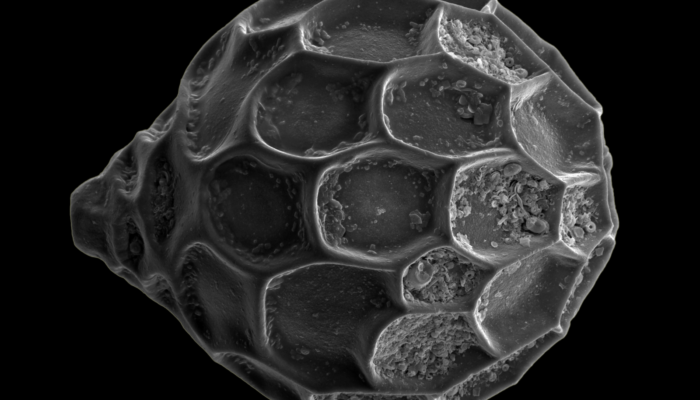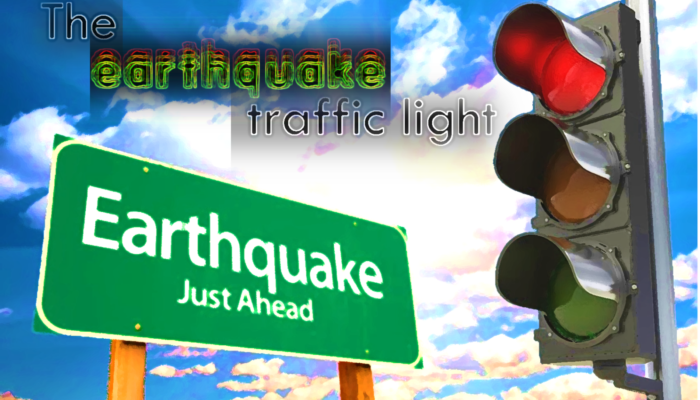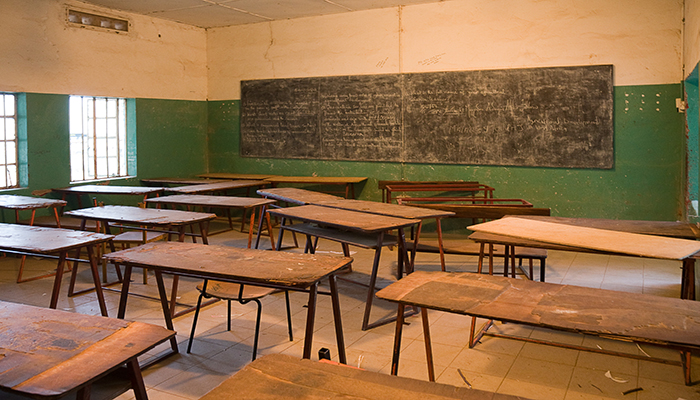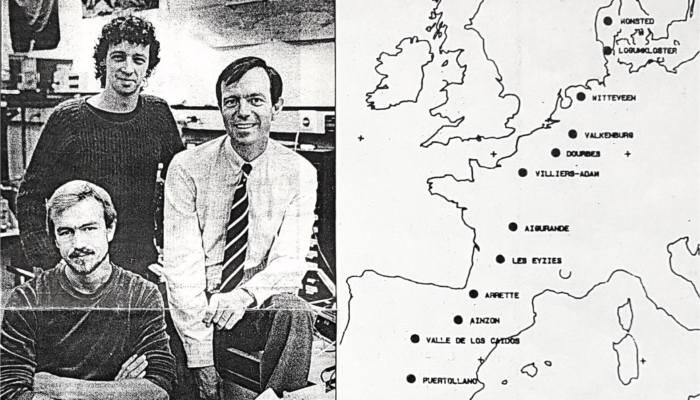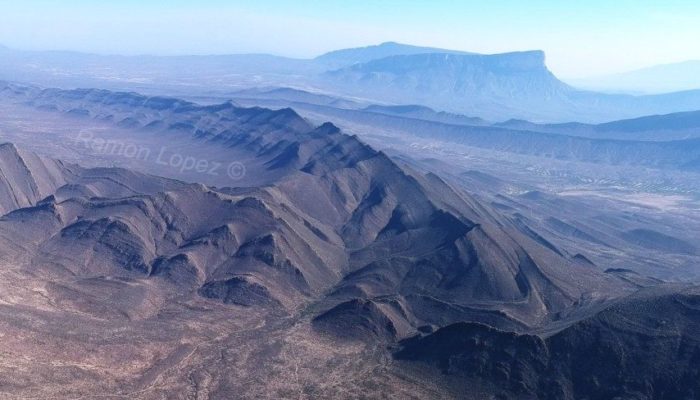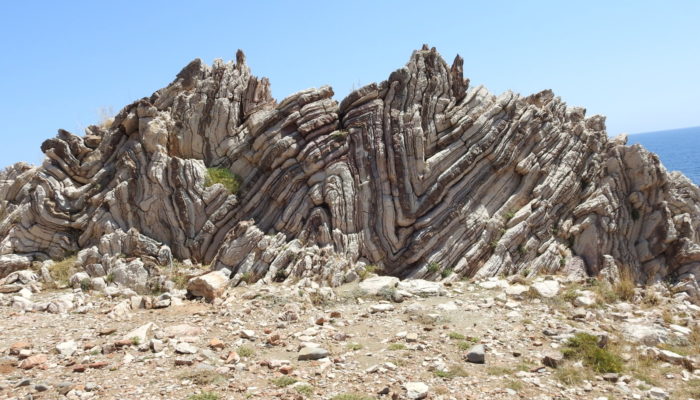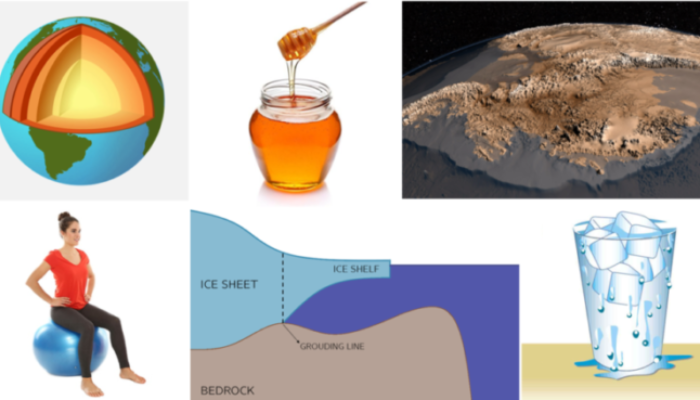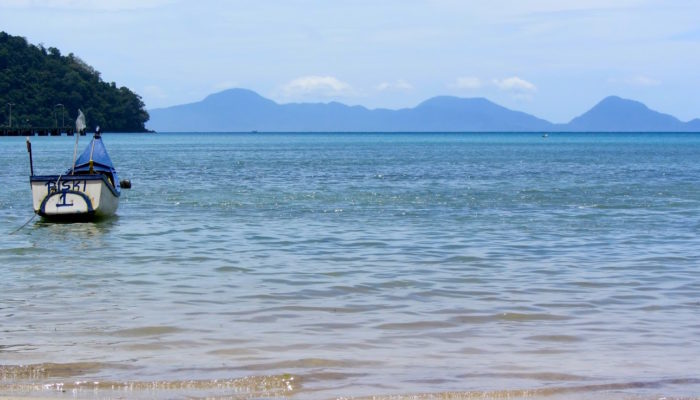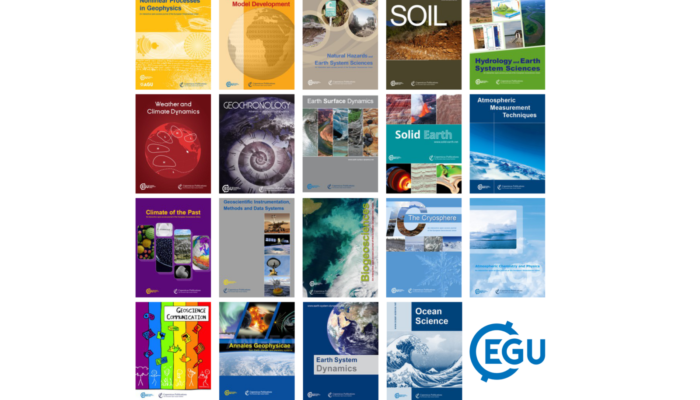This image shows benthic foraminifera species of Favulina hexagona (Williamson, 1848) together with nanofossils enclosed inside the shell hexagons. This modern foraminifera species was found in the sediment core retrieved from the western slope of the Rio Grande Rise (western South Atlantic). Description by Liubov Kuleshova, after the description on imaggeo.egu.eu. Imaggeo is the EGU ...[Read More]
Natural Hazards
The earthquake traffic light
Dr. Laura Gulia is a senior post-doc at the University of Bologna, Department of Physics and Astronomy. She has a strong experience in statistical seismology, seismicity analysis as well as seismic hazard and risk assessment. Recently, she investigated the spatio-temporal evolution of the earthquake size distribution throughout a seismic sequence focusing on the b-value, a parameter characterizing ...[Read More]
GeoLog
First-time convening an EGU session? Some advice from the Early Career Scientists.
With the most recent call for sessions for the next European Geosciences Union General Assembly, a diverse provisional programme has been put together. If you have been assigned your first EGU session as a convener – congratulations! But what happens now? Early Career Scientists representatives Andrea Madella (GM), Anna Gülcher (GD), and Tommaso Alberti (NPG) discuss what it’s like to conven ...[Read More]
Geodynamics
Geoscience in the third world
In this week’s wit and wisdom, Jyotirmoy Paul, a PhD student at the Indian Institute of Science, analyses the outlook of geoscience from the third world’s perspective. Academia has been shaped and influenced by the course of world history. The third world concept was seeded in Brussels, 1927, in a gathering of the League Against Imperialism1 and became popular in the mid-1950s through variou ...[Read More]
Seismology
Seismology throughout the years: from blown pre-amplifiers to the internet of things — a technician’s view on seismology
An interview with Arie van Wettum In many universities, students and staff will go out into the field to deploy seismometers, collect data, and service instruments. Students get a sense of the area their data is coming from, the difficulties that are involved with deploying and recording data, and although inexperienced at the beginning, they are a relatively low-cost way of getting equipment out. ...[Read More]
Stratigraphy, Sedimentology and Palaeontology
When huge masses of salt move underground: lessons from outcrops that go beyond the table salt
There is a place in the NE of Mexico where anyone can learn heaps about the dynamics of the ground beneath our feet while enjoying the wonders of the desert. Geologists call the area ‘La Popa Basin’. La Popa means “The Bow”, a name that comes from the shape of one of the mountains in this area, which resembles the front part of a very large boat. This place is a perfect training field for ge ...[Read More]
GeoLog
Imaggeo On Monday: Crete- Diplono Petris (Διπλόνο Πέτρις)
Diplono Petris near Agios Pavlos in the south of Crete island is one of Europe’s most impressive folded rock formations. The rock strata document an alternation of different limestone layers in the pindos top of the Cretan ceiling pile. These sediments, once deposited in a deeper ocean basin of the Pindos Ocean, were deformed in the course of Alpine fold tectonics, triggered by the Northern ...[Read More]
Cryospheric Sciences
How do the ups and downs of the solid Earth influence the future of the West Antarctic ice sheet?
When the Antarctic ice sheet loses mass, the pressure it exerts on the underlying solid Earth decreases. As the ice sheet becomes less heavy, the Earth’s surface is not pressed down as much as before and therefore slowly rises up. In some regions, this rebound process is much faster than previously thought and could stabilise areas of unstable ice retreat. How come? Keep reading to figure it out… ...[Read More]
GeoLog
Geosciences Column: Spatial seismic hazard in western Indonesia – a new, adaptive, approach
A Natural Hazards Earth System Sciences (NHESS) paper proposes a new sampling method for reducing uncertainty in geographical location in seismic hazard risk analysis, with implications for the insurance industry and risk communication in general. Globally, rapid urbanisation is increasing the risk of exposure of human populations and infrastructure to natural hazards, including earthquakes ...[Read More]
GeoLog
GeoRoundup: the highlights of EGU Journals published during October!
Each month we feature specific Divisions of EGU and during the monthly GeoRoundup we will be putting the journals that publish science from those Divisions at the top of the Highlights roundup. For October, the Divisions we are featuring are: Natural Hazards (NH), Hydrological Sciences (HS) and Seismology (SM). They are served by the journals: Geoscientific Model Development (GMD), Hydrology and E ...[Read More]

